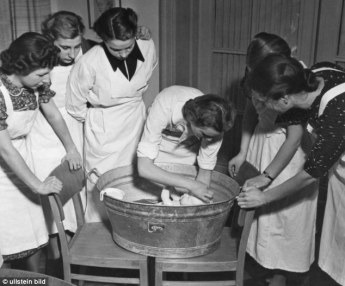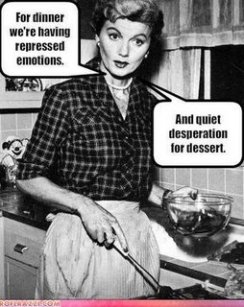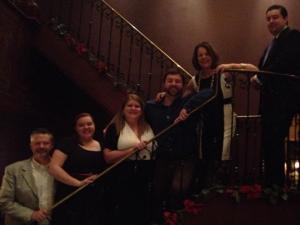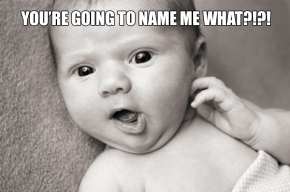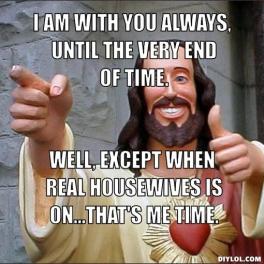 Confession time: the Real Housewives shows on Bravo, particularly Atlanta, New Jersey, and New York, are my guilty pleasure. I never take away valuable life lessons from these shows, but I just find the people on them entertaining. I can’t imagine being an adult woman and acting the way they do. Watching Real Housewives of (insert random city here) makes me feel a little more mature knowing I’m only 21 but act more adult than those women do.I also realize that the only part of the show’s title that is accurate is the city where it’s filmed. These women are not “real” (often times the scenes are staged for good television) and they don’t fit the definition of a “housewife.”
Confession time: the Real Housewives shows on Bravo, particularly Atlanta, New Jersey, and New York, are my guilty pleasure. I never take away valuable life lessons from these shows, but I just find the people on them entertaining. I can’t imagine being an adult woman and acting the way they do. Watching Real Housewives of (insert random city here) makes me feel a little more mature knowing I’m only 21 but act more adult than those women do.I also realize that the only part of the show’s title that is accurate is the city where it’s filmed. These women are not “real” (often times the scenes are staged for good television) and they don’t fit the definition of a “housewife.”
I didn’t understand what being a housewife or at-home mother (AHM) really meant until I read “Housewife Confidential”, an article on The Atlantic‘s website written by Caitlin Flanagan (http://www.theatlantic.com/magazine/archive/2003/09/housewife-confidential/302778/). To be honest I didn’t even realize there was a difference between a housewife and an AHM until I read this article.
Housewife –> a woman that tends to household duties, and children are just part of the package
AHM –> a woman that stays at home only because that is where her children are. She defines her role by her relationship to her children. She may have a cleaning woman to take care of the house, and should not be confused with having the same responsibilities and duties as a 50s housewife (i.e. June Cleaver).
This article taught me that there is a lot more to housewives than meets the eye. Housewives were important to the strengthening of the women’s movement. They were influential in strikes like the beef strikes in 1973 or in movements like Trick or Treat for UNICEF. Flanagan admits that for AHMs like herself, causes are not a vital part of her role. AHMs are often too busy balancing other childcare duties. They give to a few certain charities, but are not such a large part of movements as the housewives of the past were. This doesn’t mean that they are not involved in service. They can volunteer, and often times do to benefit their children.
AHMs have found a balance between taking care of their children, helping to run a household, and occasionally taking time for themselves.

